Surgery
The Anatomical Venus
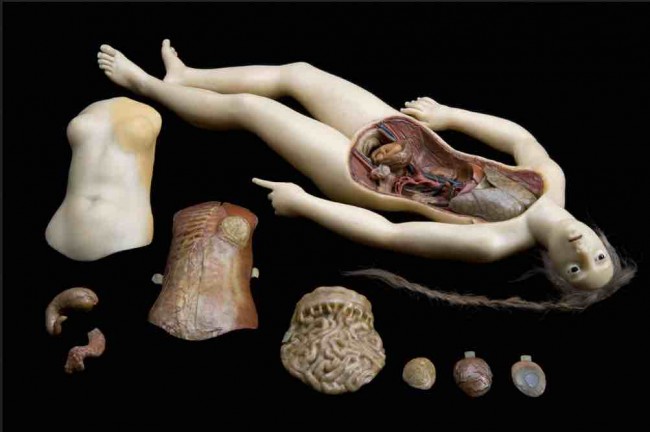
This new book about the "Anatomical Venus" looks to be fascinatingly weird. Lots more photos at the link.
Posted By: Paul - Sat May 21, 2016 -
Comments (2)
Category: Art, Body, Surgery, Women, Eighteenth Century
Medical Reference Book
Handy in or out of the operating room.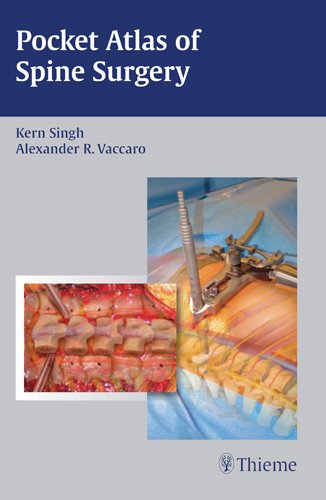
Order Yours Here
Posted By: Expat47 - Wed Oct 22, 2014 -
Comments (5)
Category: Surgery, Books
Early Brain Surgery
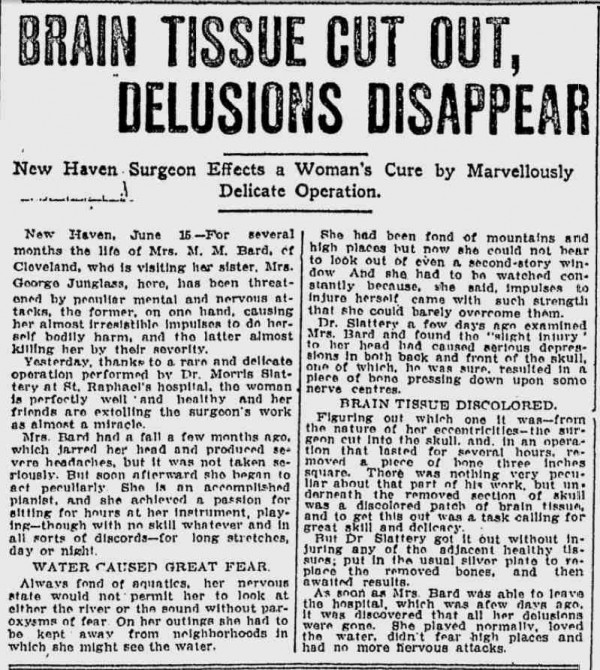
[Click to enlarge]
Given the state of medical science in 1911, this purported good result seems like sheer luck!
Original article here.
Posted By: Paul - Sun Jul 20, 2014 -
Comments (5)
Category: Delusions, Fantasies and Other Tricks of the Imagination, Surgery, 1910s, Brain
Gastric Band Fails
A British TV special about failed gastric band surgeries that will air soon tells of some horrible ill effects people have suffered. One woman's band slipped causing part of her stomach to die. In addition to that fungus was growing on the band causing her to have a septic infection. As a result of the infection her stomach exploded. Wow, she really got her 8000 British pounds worth!
Posted By: Alex - Fri Oct 11, 2013 -
Comments (5)
Category: Surgery
Image of Corneal Transplant
The Encyclopedia of Surgery explains:the eye is held open with a speculum. A laser is used to make an initial cut in the existing cornea. The surgeon uses scissors to remove it, and a donor cornea is placed. It is stitched with very fine sutures.
Image via reddit.
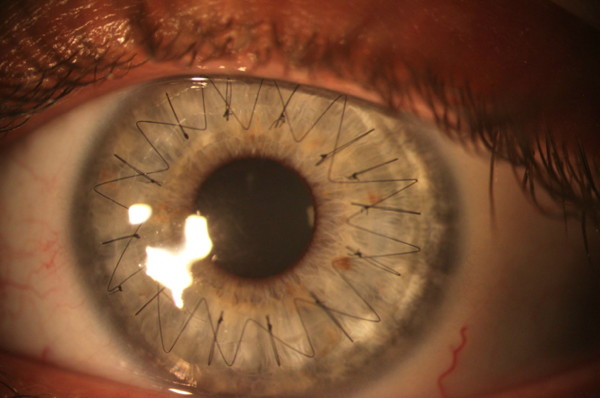
Posted By: Alex - Tue Jul 31, 2012 -
Comments (10)
Category: Medicine, Surgery
How to anesthetize a hippo
Science Daily reports that progress has been made on the problem of how to anesthetize a hippopotamus:The solution involves "a new anesthetic protocol based on the use of two non-opiate drugs." This protocol was experimentally tested on 10 hippos, all of which "recovered rapidly and completely from the procedure and showed no lasting after-effects."
The interesting detail left out of the Science Daily article, but which can be found in the original article in the Journal of the American Veterinary Medical Association, is that all 10 hippos were castrated while asleep. If they had woken up while that was happening, I'm sure they really would have been angry!
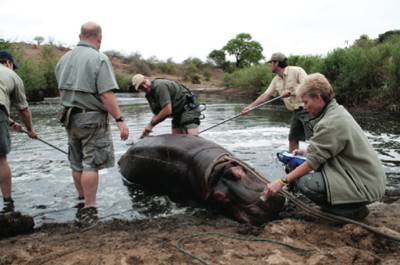
Posted By: Alex - Mon Jul 09, 2012 -
Comments (4)
Category: Animals, Medicine, Surgery
Fingernail Surgery To Remove Seborrheic Keratoses
The medical rule I've heard is that you're not supposed to pick at zits or skin growths, because you'll only make them worse — or cause an infection. But apparently this rule doesn't apply to seborrheic keratoses. According to Dr. George Lundberg, Editor in Chief of MedGenMed, go ahead and pick 'em. Or rather, use "fingernail surgery" to remove 'em. That's what he does!However, Lundberg's advice hasn't met with universal approval from the medical community. Among the resonses to his editorial on MedGenMed is this one:
I find your piece embarrassing and unworthy of your Internet service.
If you had bothered to do some research, even just reading eMedicine, you would find that curettage, not excision, is the recommended treatment -- a far more sterile version of a fingernail surgery. The curettage procedure is usually nonscarring though rarely some mild hypopigmentation may result.
The use of fingernail surgery is to be condemned as it is a bacterially contaminated area.
Picking at one's own skin with the fingernails is a bad habit and in its extreme form can become obsessive and result in scarring -- a disorder known as neurotic excoriation.
Many elderly gentlemen will pick at solar keratoses on their scalp, leaving it in a persistent state of bleeding and infection; I sincerely hope that you are not headed in this direction.
If your medical colleagues excise your seb warts or cause significant scars, or if you suspect that they choose their therapies on the basis of cost benefit to themselves, I suggest you take the matter up with your State Medical Board rather than indulging in self-injury.
If there is any doubt about the diagnosis, the curetted specimen can be sent for pathology.
Cheers,
Philip Bekhor
Melbourne, Victoria, Australia
Posted By: Alex - Wed Mar 28, 2012 -
Comments (9)
Category: Health, Medicine, Surgery, Skin and Skin Conditions
Bad Hair Job Corrected!
Worst Hair Transplant Result - Repair Using FUE & BHT
Uploaded by dermhairclinic. - Explore lifestyle, fashion, and DIY videos.
Dr. Umar will happily transplant your beard to your head. Ladies--you don't want to know what your options are!
Posted By: Paul - Fri Jan 21, 2011 -
Comments (5)
Category: Medicine, Surgery, Hair and Hairstyling
Latitude Zero
Posted By: Paul - Tue Jun 29, 2010 -
Comments (2)
Category: Animals, Cryptozoology, Geography and Maps, Movies, Oceans and Maritime Pursuits, Paranormal, Surgery, Science Fiction, 1960s, Asia, Weapons
The Woman Who Swallowed a Fork
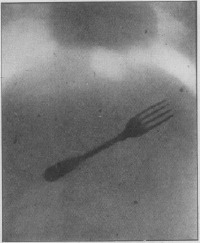 All the blogs have been posting the x-rays of the Chinese man who swallowed a pair of scissors. He was using them to clean his teeth. But here at Weird Universe we don't like doing what everyone else is doing. So instead, I present you with a similar case, from 1919, of an Irish woman who swallowed a fork, reported in the Proceedings of the Royal Society of Medicine:
All the blogs have been posting the x-rays of the Chinese man who swallowed a pair of scissors. He was using them to clean his teeth. But here at Weird Universe we don't like doing what everyone else is doing. So instead, I present you with a similar case, from 1919, of an Irish woman who swallowed a fork, reported in the Proceedings of the Royal Society of Medicine:Unfortunately, the X-ray department was not working on that day, and it was two days before a plate could be got to prove that she had swallowed a fork. The plate shows the fork in the stomach, with the handle resting near the pylorus, and the prongs towards the cardia. I operated upon her fifty-four hours after she swallowed the fork, making a small incisiion in the epigastric region to the right of the mid-line, and making a ¾ in. incision in the anterior wall of the stomach, near the pylorus, I seized the prongs of the fork and extracted it. The stomach had made an attempt to pass it on: the handle was in the duodenum, and the hilt of the fork in the pylorus, the prongs in the stomach. Suture was done in the ordinary way, and she made a very successful recovery, going out in a fortnight. Later she said she felt no ill-effects and had no indigestion.
Posted By: Alex - Sat Apr 04, 2009 -
Comments (7)
Category: Medicine, Surgery

| Who We Are |
|---|
| Alex Boese Alex is the creator and curator of the Museum of Hoaxes. He's also the author of various weird, non-fiction, science-themed books such as Elephants on Acid and Psychedelic Apes. Paul Di Filippo Paul has been paid to put weird ideas into fictional form for over thirty years, in his career as a noted science fiction writer. He has recently begun blogging on many curious topics with three fellow writers at The Inferior 4+1. Contact Us |




